July 28, 2025
Ambreen Aftab
Author: Ambreen Aftab
Published Date:
Estimated Reading Time: 8 minutes
Social & Company Links:
Juicebox AI Website | Juicebox AI LinkedIn | Juicebox AI Twitter
Table of Contents
Personalizing Follow Up Emails to Candidates with AI
Why Follow Up Emails Define Candidate Experience
How AI Customizes Follow Up Messaging
1. Understanding Candidate Journey & Status
3. Content Personalization at Scale
Examining Juicebox’s Approach to AI-Powered Email Sequencing
Features Powering Modern Sequences
Visualizing Outreach Strategies
Crafting Emails That Candidates Will Remember
Measuring and Refining Results
Obstacles and Hidden Opportunities
Building Trust, One Email at a Time
FAQs - Modify to answer a few possible email queries
1. Do AI recruiting tools replace recruiters?
2. Will using AI make hiring less personal?
3. Is it hard to add AI tools into an existing hiring process?
4. Are AI hiring tools expensive?
5. How do I measure the effectiveness of an AI recruiting tool?
Personalizing Follow Up Emails to Candidates with AI
In the fast-moving world of recruitment, one factor often distinguishes exceptional organizations from the rest: the art of communication. Timely, thoughtful touchpoints not only drive candidate engagement but also build a subtle yet powerful brand impression. Among these, the follow up email stands out as a deceptively simple, sometimes neglected, yet mission-critical tool. When fused with modern artificial intelligence, follow up emails acquire a new depth, adapting in tone, timing, and content to serve both candidates and employers far better than manual efforts ever could.
Imagine a talented software developer who just aced the initial screening. She’s juggling multiple opportunities and her inbox is flooded with generic thanks-for-your-interest notes from companies she barely remembers applying to. Then, just a day later, an email arrives from a hiring manager that references the unique open-source project she discussed in her interview. The message is brief but deeply personalized, clearly not a mass template. It invites her to meet the team, shares relevant engineering blog posts, and connects back to her actual interests. It feels human, even though it was drafted by an AI-powered system. That candidate now feels genuinely seen. She hits reply. That’s the difference AI can make.
But how does this technology shape the actual practice of follow up emails? What tools and techniques are making their way into the hiring process, and what can organizations do to implement these advancements right now?
Why Follow Up Emails Define Candidate Experience
A relaxed pulse after the interview—the space where anticipation and anxiety ricochet—is precisely when candidates crave just a touch of authentic communication. Follow up emails at this stage aren’t an afterthought, but a bridge: reassurance on one side, clarity on the other.
Positive candidate experience generates a halo effect:
Higher likelihood to accept offers: Candidates who feel respected and informed are more likely to choose your organization.
Brand advocacy: Even those not selected frequently share their positive perceptions with others.
Reduced ghosting: Responsive candidates keep processes moving and pipelines healthy.
Recruiting teams who check these boxes rarely rely on batch-and-blast messaging. Instead, they work at surprising scale—often supported by smart tools that help fine-tune their approach.
How AI Customizes Follow Up Messaging
Artificial intelligence isn’t just automating tasks; it’s learning patterns, preferences, and context. That helps recruiters send fewer, yet vastly more impactul messages.
Consider some key methods AI uses to elevate follow up outreach:
1. Understanding Candidate Journey & Status
AI tracks every step a candidate has taken, pulling from ATS, interview notes, and communications. It tailors each follow up:
References specific skills or projects brought up during interviews
Adjusts tone and urgency based on recent interactions
Addresses any previously raised concerns, demonstrating real attentiveness
2. Optimizing Send Timing
When should a candidate be nudged? AI models compare historical response data, regional norms, and even timezone indicators to select the moment—sometimes within a window of minutes—when a follow up lands with greatest effect.
3. Content Personalization at Scale
Through natural language models, AI drafts highly targeted content segments that feel handcrafted:
Opening sentences shift based on a candidate’s background or feedback
Next steps are described with clarity and empathy, not generic lines
Dynamic placeholders add subtle context: references to shared connections or company events, for example
4. Consistent Brand Voice
Large recruiting teams often struggle to keep messaging consistent. AI systems help ensure every follow up, whether from a sourcer or senior hiring manager, resonates with both professional polish and authentic warmth.
Examining Juicebox’s Approach to AI-Powered Email Sequencing
Juicebox has emerged as a leader in email sequencing for talent acquisition, building sophisticated yet user-friendly outreach workflows. Their technology transforms what was once a manual, error-prone set of tasks into a continuous, data-driven dialogue.
Features Powering Modern Sequences
Their platform, detailed in documentation and outreach flow demos, provides these standout features:
Sequence Templates: Start with customizable frameworks for each candidate milestone—shortlist, interview feedback, offer stages, or post-hire gratitude.
AI Draft Assistance: The system suggests subject lines and body copy, learning from previous high-performing messages.
Automated Personalization: Integrates candidate metadata (role, skills, recent interactions) for messages that are never just copy-pasted.
Timing Intelligence: Optimizes send times by region, seniority, and previously observed open rates.
Review and Approval Flows: Hiring managers or recruiters can preview or tweak AI-drafted emails before sending, adding a layer of smart human oversight.
Visualizing Outreach Strategies
Let’s look at a simplified table reflecting how different follow up triggers are paired with AI-generated personalization points:
Candidate Stage | Key Personalization Elements | Example AI Drafted Touchpoint |
Initial Interview | Interview topic, recruiter name, feedback link | "I really enjoyed our discussion about your portfolio. We’re reviewing feedback and will keep you posted soon!" |
Technical Challenge | Reference to coding task, encouragement | "Your approach to the backend task stood out. Looking forward to diving deeper together!" |
Offer Extended | Congratulatory note, start date, next steps | "Excited to officially welcome you! If you have questions before your start date, let’s connect." |
Not Selected | Constructive feedback, future opportunities | "Appreciated your unique insights. While we’re moving forward with another candidate, we’d like to stay in touch about upcoming roles." |
Juicebox also layers in analytics, helping teams compare which templates or customized elements generate the highest response rates or positive feedback.
Crafting Emails That Candidates Will Remember
The temptation to automate everything can invite a creeping sense of bland uniformity—a red flag for both brand reputation and hiring results. What AI accomplishes best, in hands that value empathy, is the augmentation of personal touch. Specifics matter. So does brevity.
Standing Out In the Inbox
A world-class follow up stands apart with:
Creative but relevant subject lines (“Your Q&A Session with Product Team” instead of “Thank You for Interviewing”)
A tailored first line that references an actual conversation detail
Signposting: set expectations about timing and next steps, or when not selected, offer actionable feedback
A successful tool like Juicebox goes further, drawing on real-time data to revisit which efforts truly engage candidates. Open rates and response times are measured, adjustments are suggested, and the loop tightens with each batch.
The Human Touch Scale-Up
Nothing kills a relationship like sounding like a bot. AI should guide, not dictate. It’s about giving humans superpowers rather than replacing them entirely.
Here are some bridges between automation and authenticity:
Allow humans to override or amend every AI-generated message.
Encourage contextual follow-up, especially after borderline or difficult decisions.
Routinely update AI models with insights from recruiter input and direct candidate feedback.
Recruiting isn’t one-size-fits-all. A recent grad and a late-stage executive both need different tones and details, and AI models can adjust their outputs based on user-set criteria.
Measuring and Refining Results
Smart organizations don’t just send follow ups and move on. They analyze. Which messages spark immediate replies? Where do candidates go silent? How do templates impact offer acceptance?
Analytic dashboards in tools like Juicebox break down:
Open rates
Click throughs (for scheduling links, feedback forms)
Response rates segmented by candidate stage
Time-to-response and subsequent status changes
This data does more than tweak email copy. It informs broader process tweaks—faster hiring loops, sharper filters for candidate interest, or even shifts in how feedback is delivered. Over time, teams get clearer on what works, and candidates get a smoother, more considerate hiring experience.
Obstacles and Hidden Opportunities
Even with high-tech support, not every candidate will respond, nor will every message hit its intended note. AI speeds up the process but real-world nuance remains. Teams that blend automation with just enough flexibility are positioned to excel.
Potential roadblocks include:
Database inaccuracies that lead to clumsy personalization (“Hi [First Name]”)
Over-automation causing missives that feel cold or irrelevant
Resistance from traditional recruiters who view personalized follow up as optional
Progress means making the most of feedback. When candidates reply positively to little details—a referenced hobby, a specific suggestion—that information can flow back into email training sets, lifting the entire process.
Building Trust, One Email at a Time
Surveys show candidates remember how recruiters made them feel, not just what job they discussed. With thoughtful use of AI-driven personalization, even large organizations can nurture meaningful, memorable connections.
There’s something about the right message arriving minutes after a nerve-wracking interview, or a direct touchpoint when a process is stalled, that transcends mere technology. When AI supports real empathy and helps both sides communicate at their best, hiring isn’t just about filling roles. It’s about building a brand that top talent wants to join.
AI-powered personalization isn’t a distant vision. It’s reshaping candidate experiences today, enriching every step between first touch and final decision, one carefully crafted follow up at a time.
FAQs - Modify to answer a few possible email queries
Which platforms automate personalized candidate email campaigns using AI?
Tools like Juicebox AI lead in personalized outreach by automating candidate email sequences. They use data from your ATS, interviews, and prior interactions to send custom-tailored messages that feel authentic and timely.
How do AI recruiting tools personalize email sequences?
These platforms analyze candidate data—such as past interview topics, skills, and feedback—to draft emails that reference specific conversations or projects. They also optimize send times and adjust tone based on candidate seniority and response patterns.
Will using AI make candidate emails feel less personal?
Not if used correctly. AI tools enhance personalization by automating context-aware messages that reflect real interactions. With human approval options and editable templates, recruiters retain full control over tone and content.
How do I measure the effectiveness of AI-powered candidate emails?
Platforms like Juicebox offer detailed analytics, including open rates, reply times, and candidate engagement metrics. This helps teams refine outreach strategies and improve overall candidate experience.
Can AI email tools integrate easily into my current recruiting process?
Yes. Modern tools are designed to integrate seamlessly with existing Applicant Tracking Systems (ATS), pulling data directly to automate emails without disrupting workflows or requiring a full process overhaul.
Related articles
13 of the Very Best Tools to Win the Hiring Game in 2025
Olly Keell
-
July 28, 2025
10 Platforms that will Transform Hiring in 2025
Olly Keell
-
July 28, 2025
Top 8 Email Outreach Tools for Recruiters
Ambreen Aftab
-
July 28, 2025
The Very Best AI Recruitment Tools For Businesses in 2025
Boney Bindra
-
July 28, 2025
5 Best Lever Alternatives in 2025
Ambreen Aftab
-
July 28, 2025
16 AI Recruiting Tools to Try in 2025 (and what they do)

Oliver Keell
-
July 28, 2025
9 Best AI Recruitment Platforms for 2025: Reviewed and Compared

Oliver Keell
-
July 28, 2025
Top 10 AI Talent Sourcing Tools for Recruiters in 2025

Oliver Keell
-
July 28, 2025
Best AI Tools for Recruiting We Can Bet On in 2025

Oliver Keell
-
July 28th, 2025

Best contact-finding tools for recruiters

Oliver Keell
-
May 20th, 2025

How to become a freelance recruiter in 2025

Oliver Keell
-
May 20th, 2025
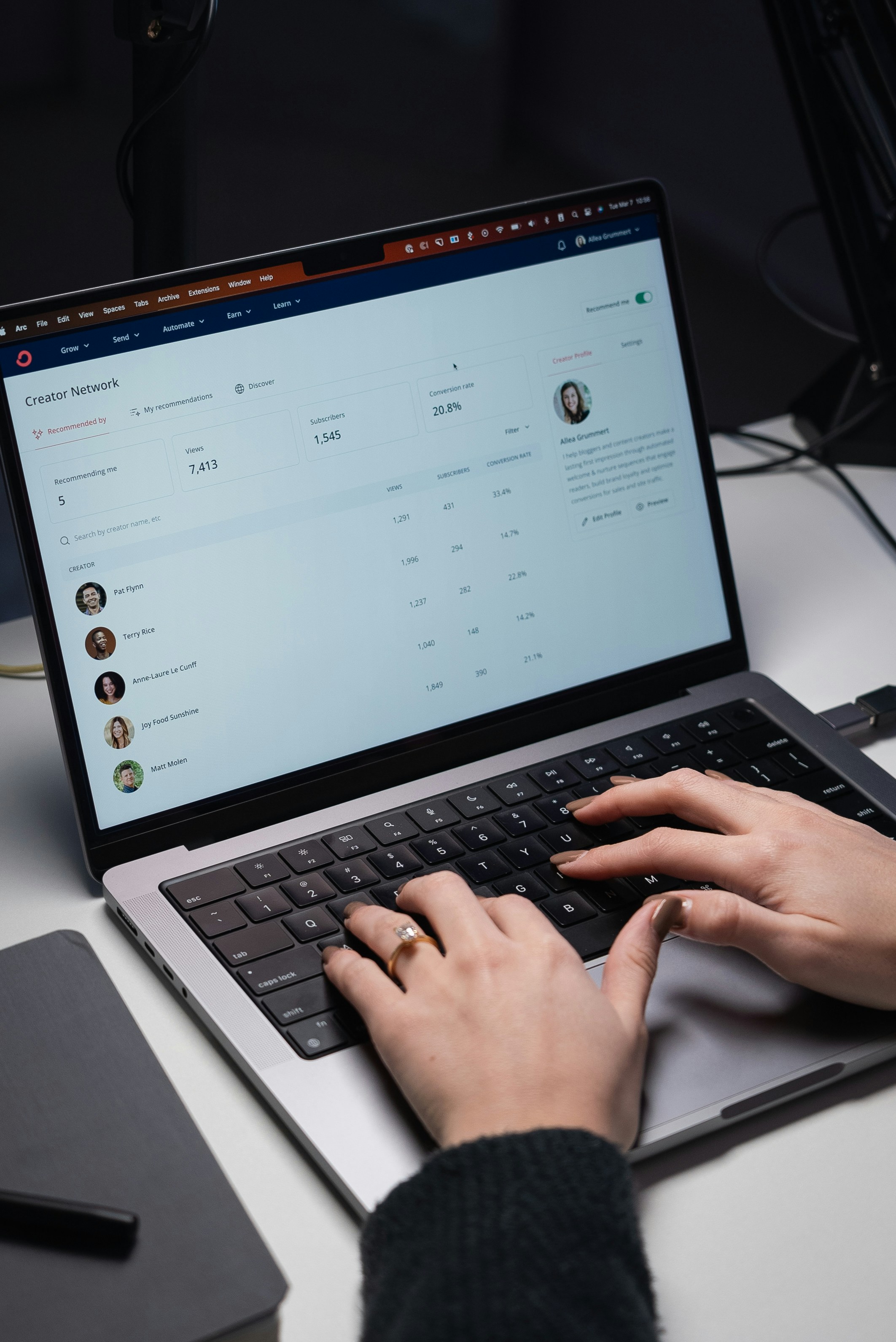
How to set up a cold email strategy for recruiters

Oliver Keell
-
May 20th, 2025

12 Recruitment influencers you must follow

Oliver Keell
-
May 20th, 2025
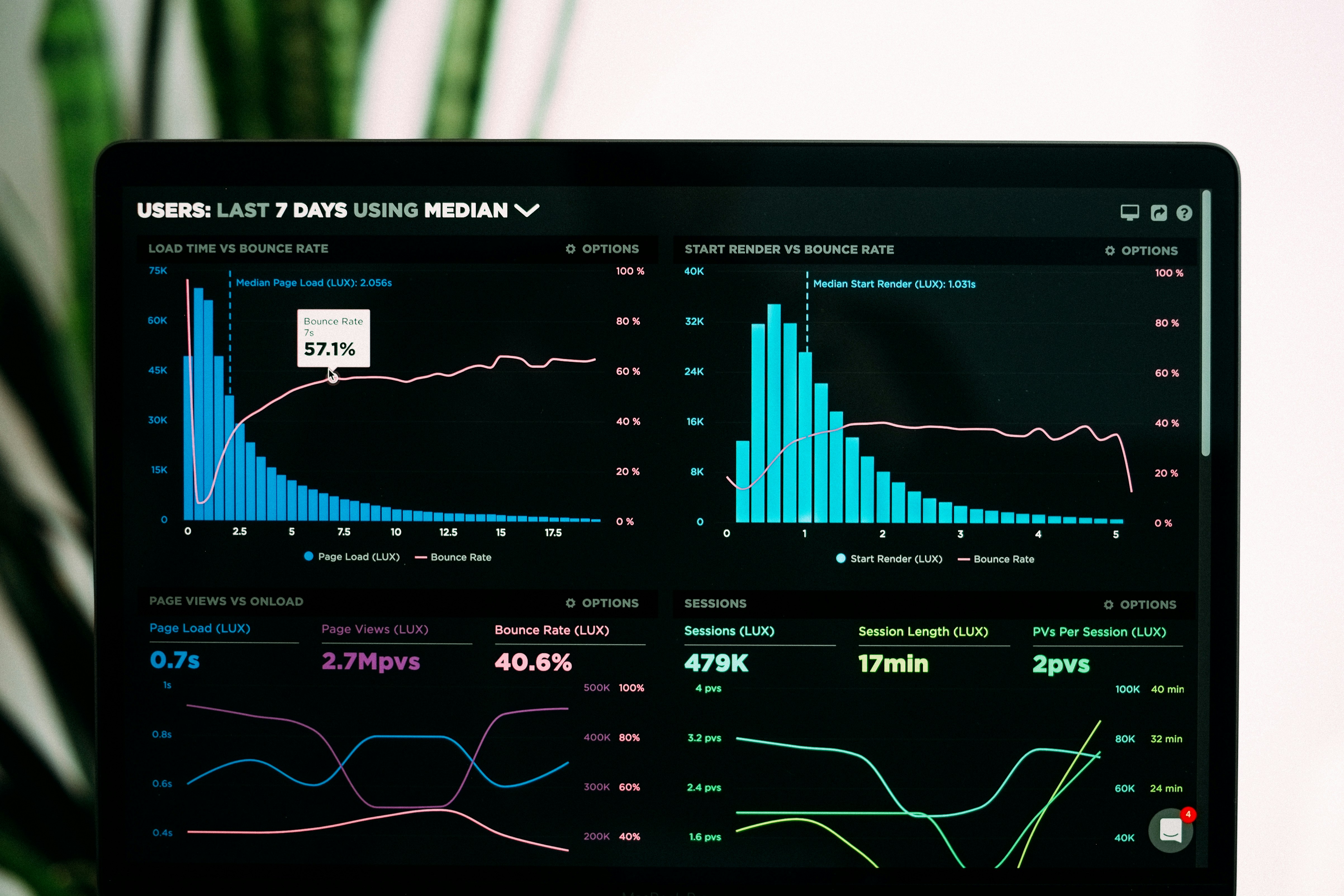
Top 8 recruiting metrics you should be tracking in 2024

Oliver Keell
-
May 20th, 2025

Tech job title search strings & synonyms

Oliver Keell
-
May 20th, 2025

Top 8 video interviewing software for recruiters

Oliver Keell
-
May 20th, 2025

What is Talent Mapping?

Oliver Keell
-
May 20th, 2025

How to set a commission structure for your recruitment agency

Oliver Keell
-
May 20th, 2025

What is sourcing in recruitment: Understanding the basics

Oliver Keell
-
May 20th, 2025
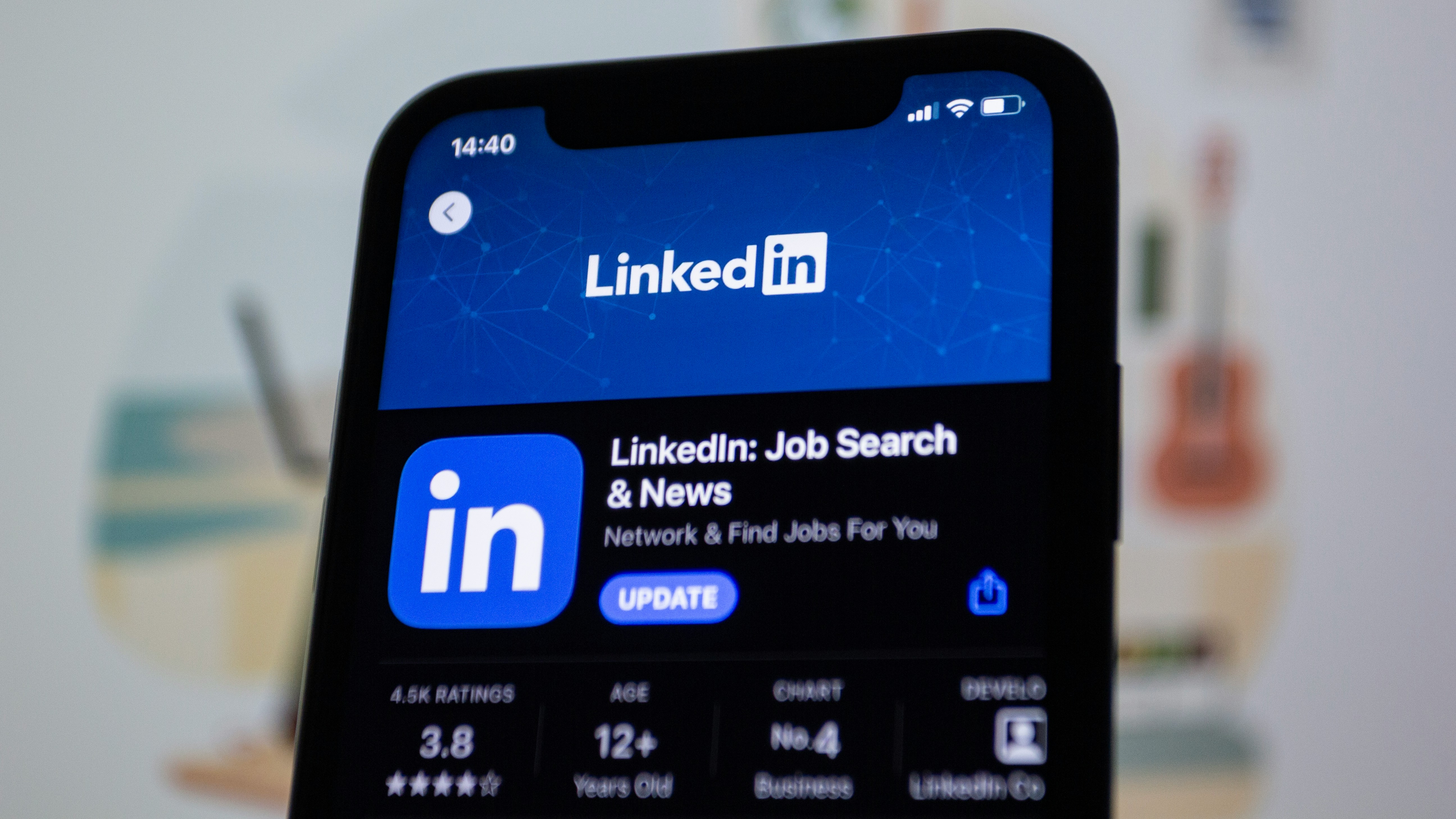
The downside of LinkedIn

Oliver Keell
-
May 20th, 2025
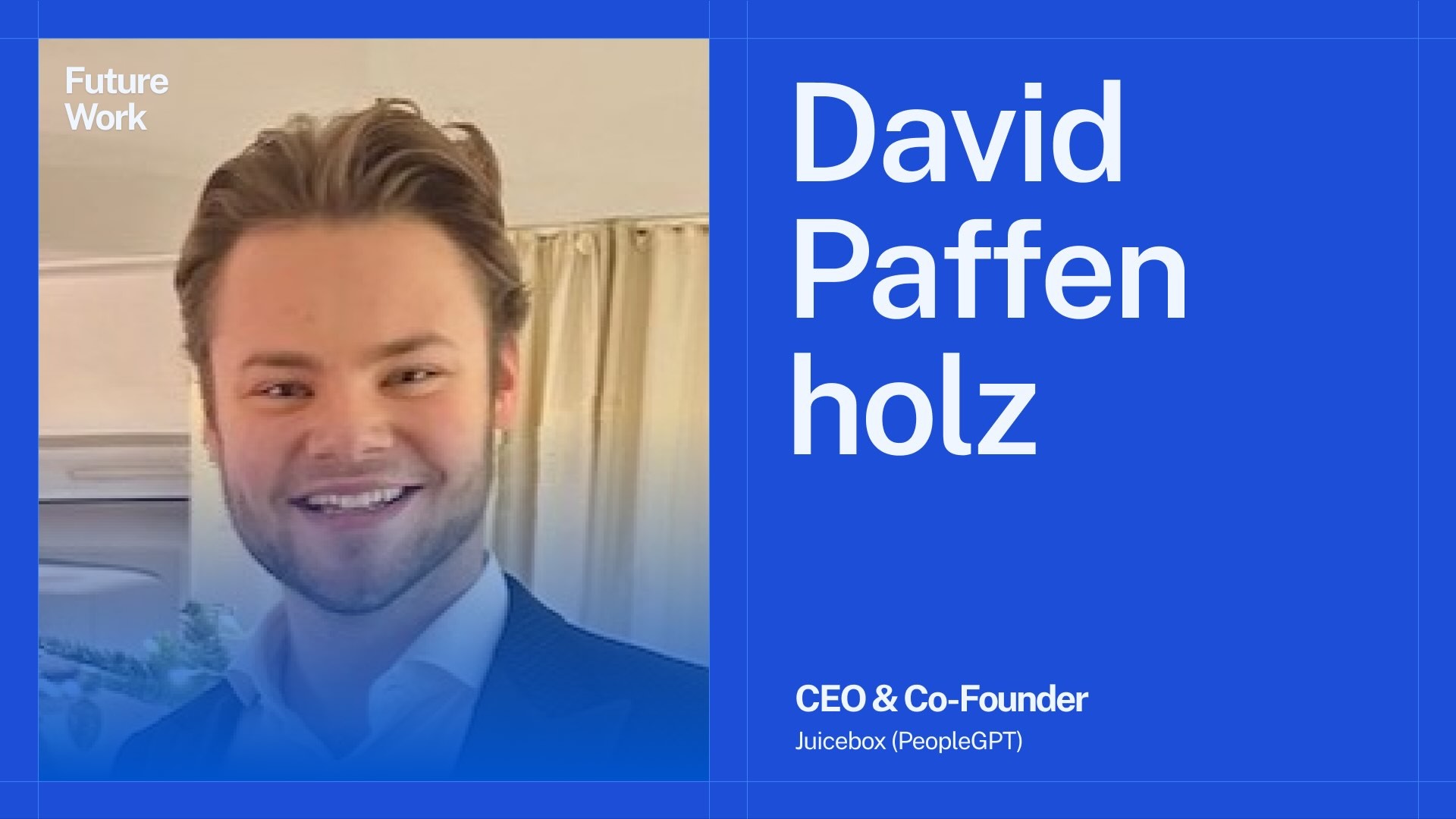
90% Faster Recruiting with AI. What Will Humans Do?

Daan van Rossum
-
May 20th, 2025

5 Common Mistakes Using AI in Talent Acquisition (Plus Actionable Solutions)

Rebecca Noori
-
May 20th, 2025
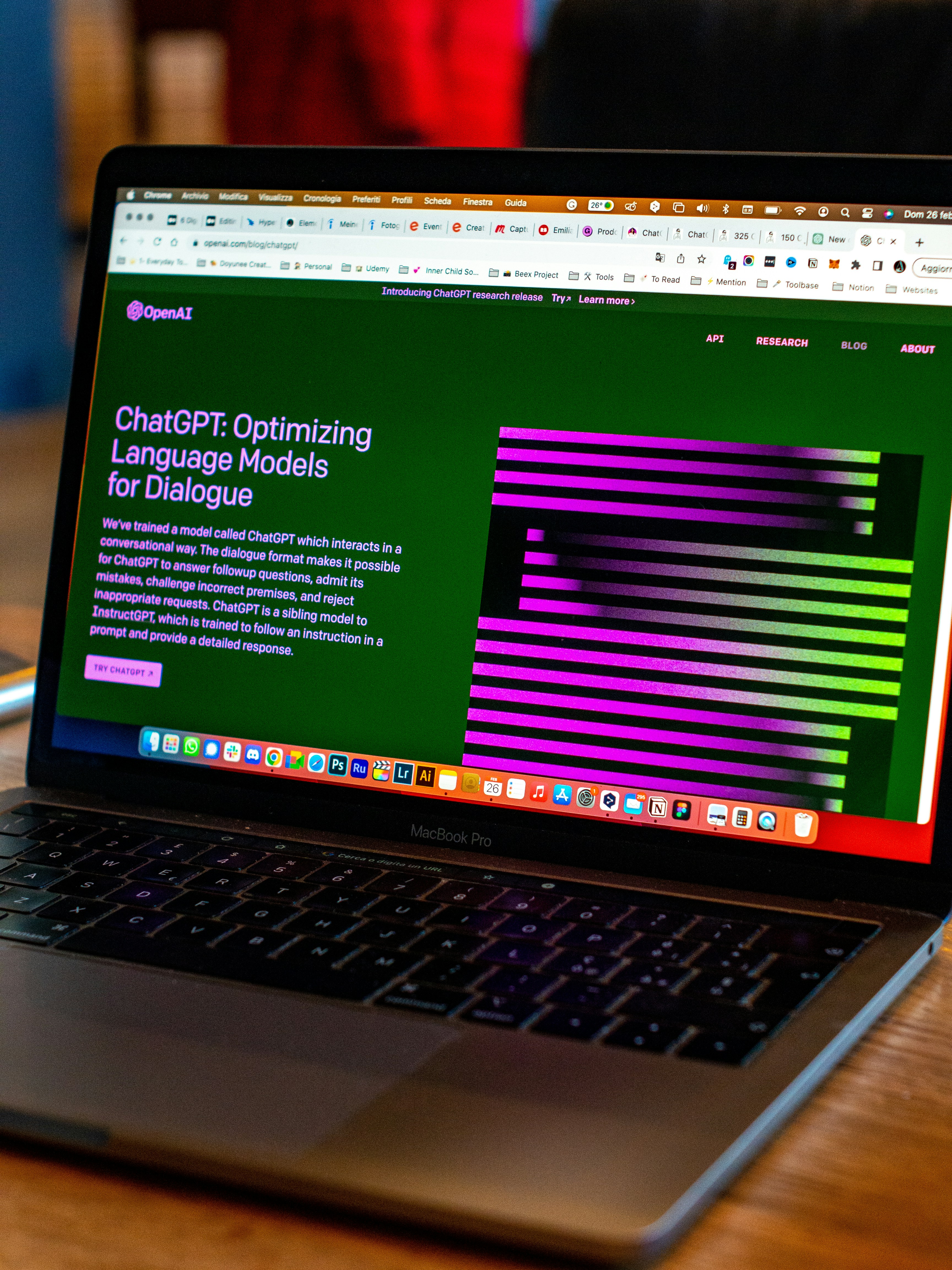
ChatGPT for recruiters: best pracitces

Oliver Keell
-
May 20th, 2025

6 Ways for Recruiters to Use AI for Better Results

Rebecca Noori
-
May 20th, 2025

How to craft compelling subject lines for recruiters

Oliver Keell
-
May 20th, 2025

10 Top Skills Recruiters Look For In 2024 (Why They Need Them and How To Find Them)

Rebecca Noori
-
May 20th, 2025
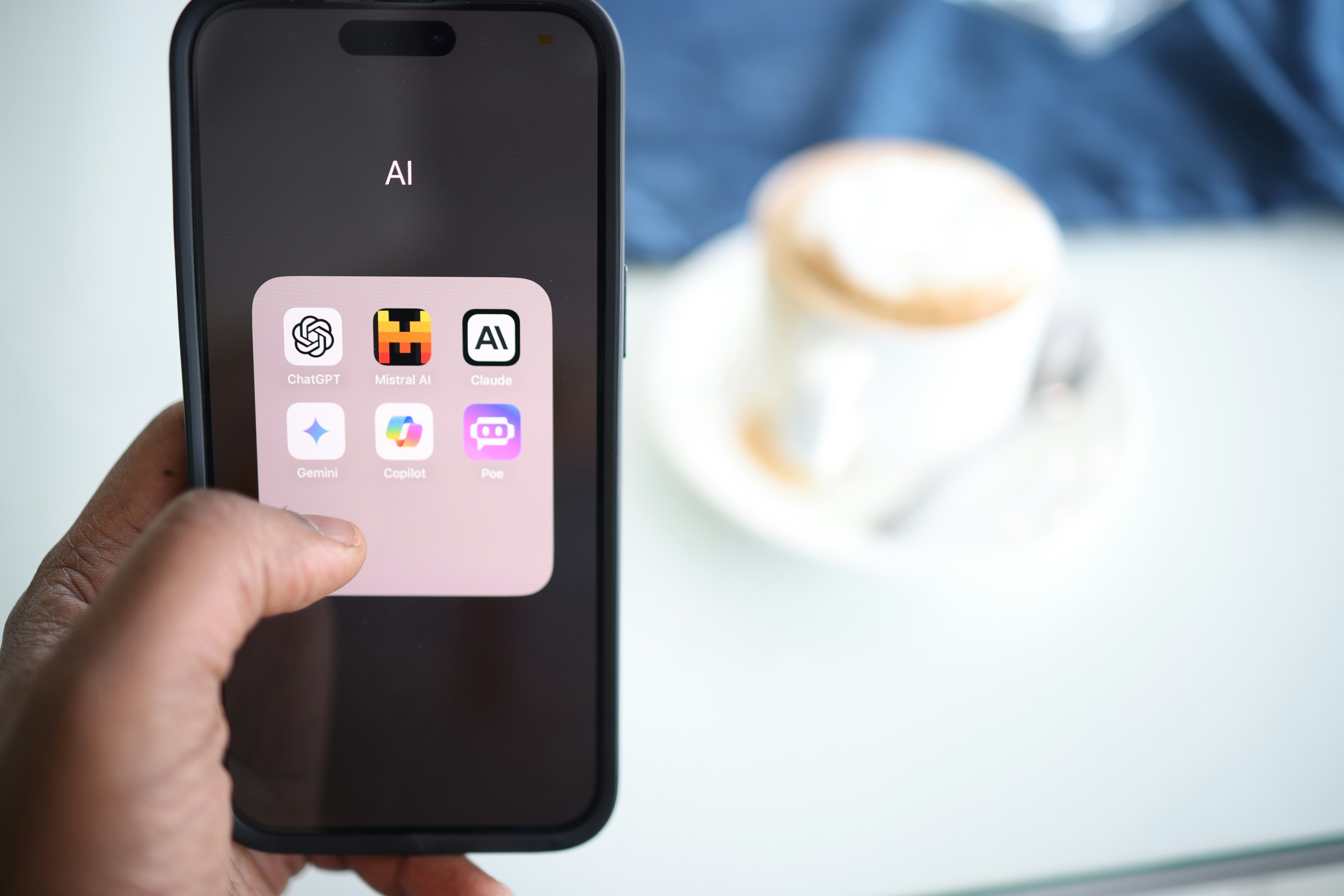
Top 10 AI recruiting tools 2025

Oliver Keell
-
May 20th, 2025

LinkedIn Recruiter Costs in 2024

Oliver Keell
-
May 20th, 2025

The Power Of AI And Automation In The Hiring Process

Bruno Boksic
-
May 20th, 2025
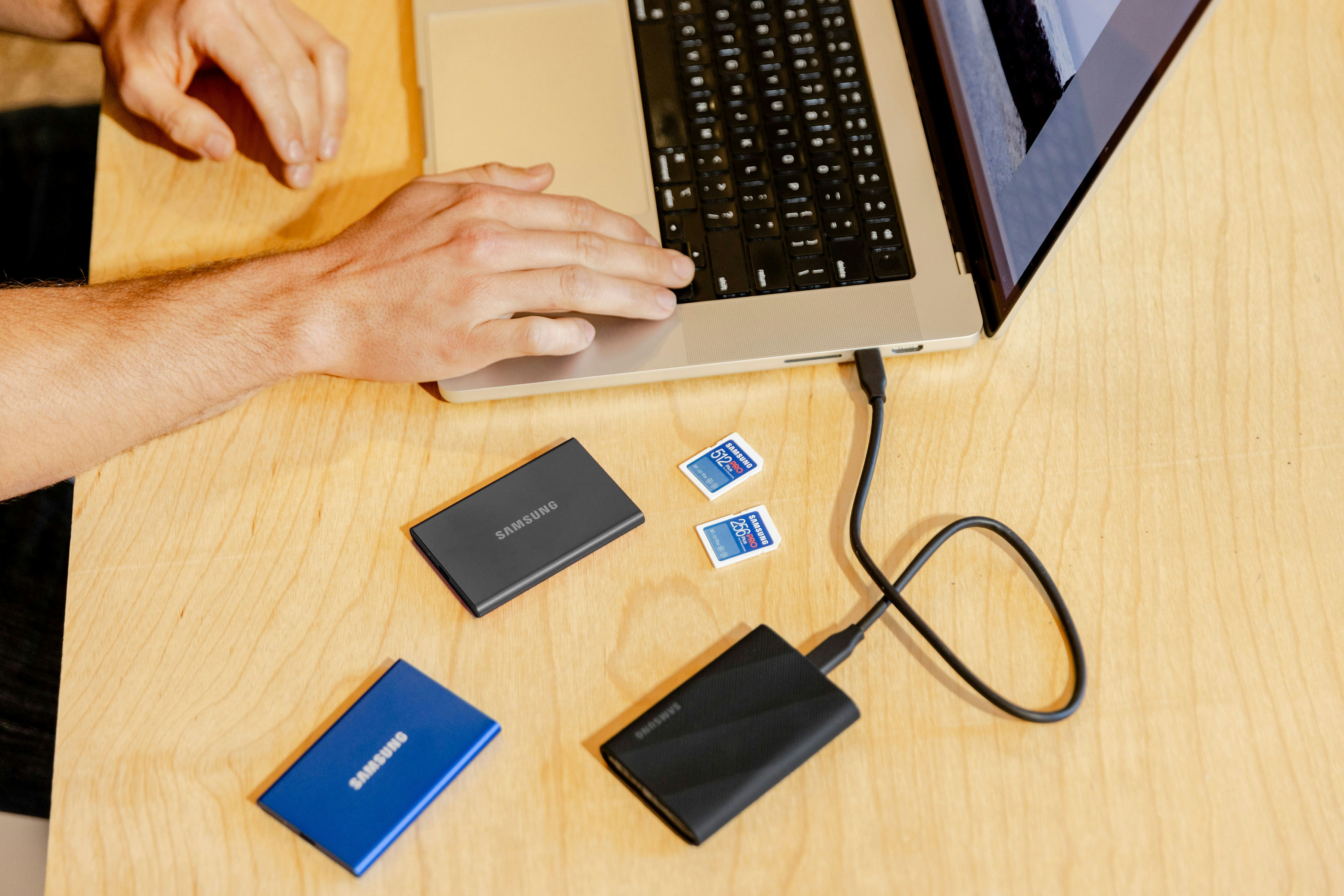
Tips on writing a job description

Oliver Keell
-
May 20th, 2025
Get started today
Supercharge your organization’s people intelligence with AI solutions.

